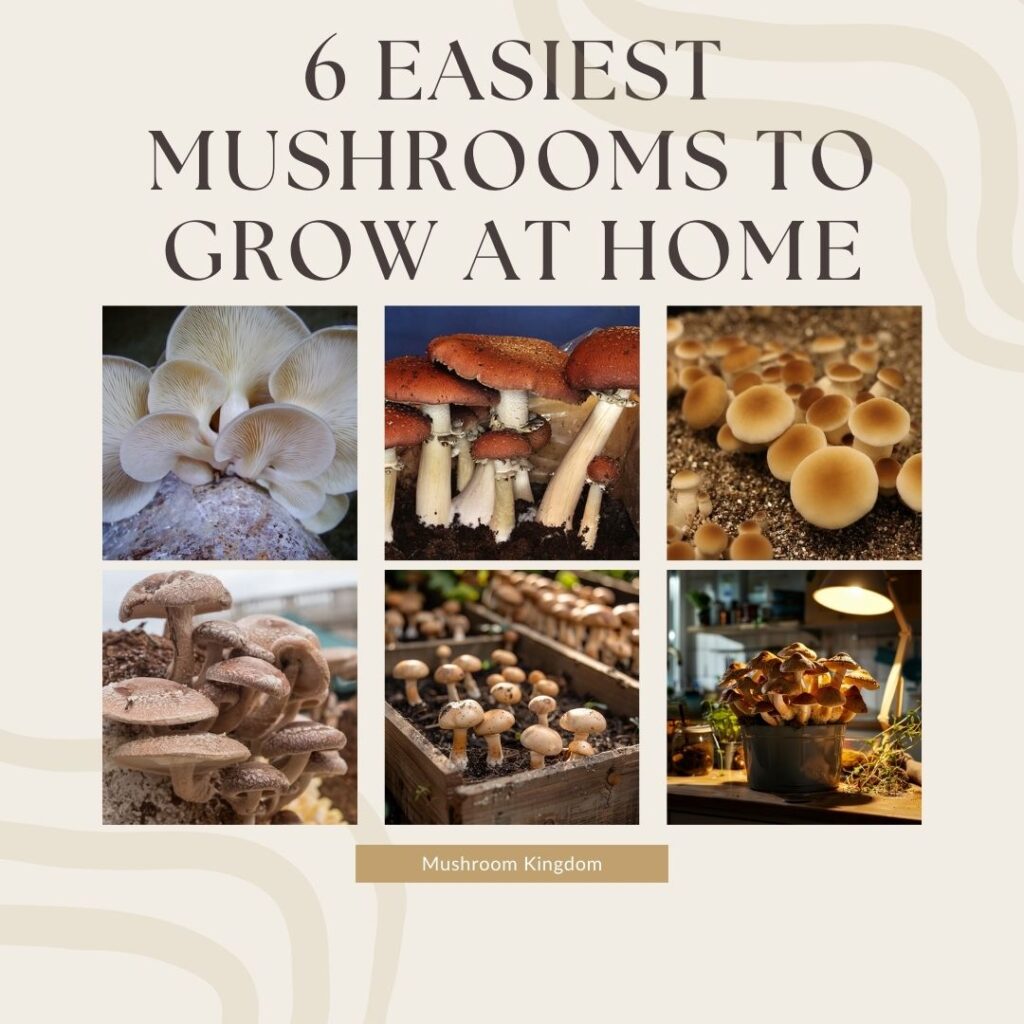Clavaria zollingeri, commonly known as the Violet Coral Fungus, is a strikingly vibrant violet or lavender fungus that resembles underwater coral due to its branching, coral-like structure.
In this article, you are going to learn:
- How to identify Violet Coral
- Is Violet Coral edible
- Where it grows
- Whether it is poisonous to humans
How to identify Violet Voral (Clavaria zollingeri) in the Wild?
Clavaria zollingeri is commonly found in woodlands and forests, particularly in moist, shady areas. It tends to grow on the ground, often among leaf litter and decaying wood.It is typically found in temperate regions across North America, Europe, and Asia.

- Appearance — it typically fruits in late summer to autumn, depending on the climate of the region.
- Fruit Body — The fruit bodies are coral-like, branching out into multiple slender, cylindrical arms. The body can grow up to 10 cm (about 4 inches) tall and can spread about 5–7 cm (2–2.75 inches) wide.
- Texture — The surface is smooth, and the branches are often brittle and can break easily when handled.
- Colour — The fungus typically exhibits a vivid violet or lavender colour. This can range from a deep, rich purple to lighter shades of lavender. As the fungus ages, its vibrant color can fade to paler shades of violet or even almost white in some cases.
The color is usually more intense when the fungus is well-hydrated. In dry conditions, the color may become duller.
Where do Violet Coral Mushrooms grow?
The Violet Coral Mushroom, Clavaria zollingeri, can be found in various locations such as:
- North America — In North America, Clavaria zollingeri is commonly found in temperate regions, particularly in the eastern United States and Canada. It can also be found in some parts of the Pacific Northwest.
- Europe — It is often found in the United Kingdom, Ireland, France, Germany, and other central and northern European countries.
- Asia — This species is also present in parts of Asia, including regions with temperate climates. It has been recorded in countries like Japan and China.
- Australia and New Zealand
Violet Coral Fungus Habitat
Violet Coral prefers moist, shady environments often provided by deciduous and mixed forests. These areas have ample leaf litter and decaying organic material, which are ideal for its growth.
Also, this fungus is saprobic, meaning it feeds on decaying organic matter in the soil. It is often found on the ground among leaf litter, moss, and decomposing wood.
Are They Edible?
The violet coral mushroom is not considered edible. Despite its vibrant and intriguing appearance, this mushroom lacks culinary value for several reasons.
First, the texture of the violet coral mushroom is unpalatable. When cooked, it tends to be tough and rubbery, which makes it unpleasant to eat. Additionally, the flavor is not particularly desirable, often described as bland or slightly bitter.
Moreover, while not known to be toxic, its edibility remains largely undocumented. Foraging experts typically advise against consuming mushrooms that have not been thoroughly studied and verified as safe, to avoid potential adverse reactions.
Given these factors, mushroom foragers and enthusiasts generally regard the violet coral mushroom as a species to admire in nature rather than include in a meal.
Is Violet Coral Fungus Poisonous to Humans
No, it’s not. However, this does not mean it is safe to eat. While no specific toxins have been identified in this species, consuming it can still pose risks. For example, its unpalatable texture and bland to slightly bitter taste make it undesirable for culinary purposes.
Therefore, it is best to admire the violet coral fungus for its striking appearance rather than consider it a food source. Always consult reliable sources or experts before consuming any wild mushrooms to ensure safety.
Clavaria Zollingeri (Violet Coral Fungus) Etymology
The etymology of Clavaria zollingeri (Violet Coral Fungus) reflects both its physical characteristics and historical naming conventions.
“Clavaria” derives from the Latin word “clava,” meaning “club,” which refers to the club-shaped fruiting bodies typical of this genus. This name emphasizes the distinctive, elongated structures that resemble coral.
The species name “zollingeri” honors the Swiss botanist Heinrich Zollinger (1818–1859), who made significant contributions to the study of plants and fungi in Southeast Asia. By naming the species after Zollinger, mycologists acknowledged his work and influence in the field of botany.
Thus, Clavaria zollingeri combines descriptive Latin terminology with a nod to a prominent historical figure in botany.


